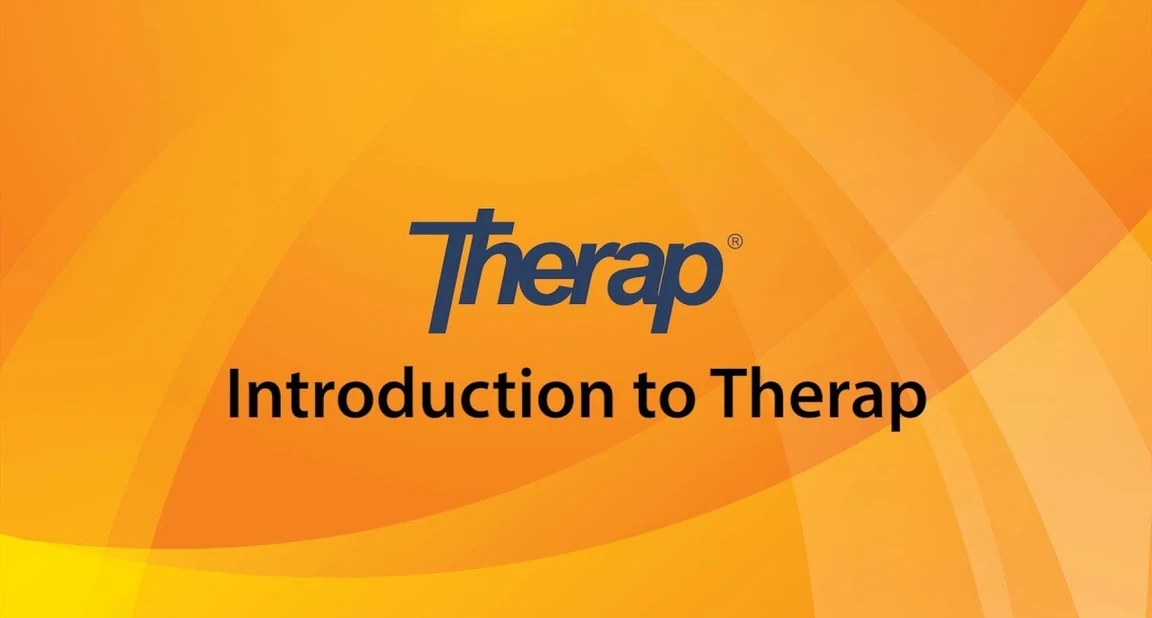We were excited to review ZENworks therap login Virtualization (ZAV) in our test lab. After all, it provides a real shift in how we develop applications for deployment. To summarize, application virtualization addresses many of the common issues that arise when deploying applications to Windows desktops by providing a “wrapper” around the application. The application is packaged with all necessary libraries and files so that it can be run on a workstation without actually being installed on the workstation.
To provide a thorough review of ZAV, we chose to (1) test a standard application that most folks would deploy, (2) integrate customizations into the application to show the range the product had, and (3) run an application that was not standard to every environment. One of our clients provided the applications reviewed here, as they had questions on how the applications would work in a virtualized environment.
We used two relatively new Dell workstations with Windows XP SP3. When doing application builds (whether for virtualized or traditional deployments), I use a workstation that has been newly installed with a base OS, up-to-date patches, the Novell client, and no additional customizations. For testing, I like to have a workstation that reflects the standard build for the environment where I am deploying the application. That includes the standard customizations for the site, such as removing balloon tips, setting up a classic Start menu, etc.
Additional Information: This type of testing can also be done on virtual machines. Instead of needing to re-image the development machine after each application, you can return an original snapshot made prior to working on the first application. One of our readers found a suggestion on the forums to keep a snapshot of the VM after each application is developed. That way, when you need to update the software, you can simply return to the snapshot and add to it. For testing purposes, we used ZENworks Application Virtualization 7.0. The two applications we virtualized were Microsoft Office 2007 and MathType.
Microsoft Office 2007 is a great application to start with as it is a certified application for virtualization. This means that the application vendor will support the application running in a virtualized environment. This application is also a great one to start with because it has a template for installation. Simply start the ZAV wizard and select the predefined template.You provide the path to your media and license key, and the wizard does the rest.
We chose MathType as our more unusual application to review. It provided a good test case, since it can be integrated into MS Office but there are customizations that need to be done to Office to make the integration possible. Building an Application from a Template: We followed the wizard to create a virtualized version of MS Office 2007. We needed to give the resulting executable a name and chose msoffice.exe.
The wizard set MS Word to start automatically when the virtualized application was run. That led us to the next question: how would we run Excel or PowerPoint? We found that the application could be jukeboxed. By adding command line switches to the configuration of the application, we could set different programs within the suite to run. For example, we set msoffice.exe word to run MS Word. We then deployed the virtualized application and created shortcuts on the desktop to run all programs from the MS Office suite. Testing on our test machine verified that this method worked very well.
2. Customizations: One of our clients is a school district. They do not like to have the setup process for MS Office run for every new user on a workstation. Instead, they set a standard user name and initials for their Office deployment. We therefore used this requirement to test the ability to customize a virtual application. We programmed those settings on our development machine while running the virtual application, then used the Merge capability to add our customizations. Testing on our test machine showed this to be successful.
3. Creating an Application for a Snapshot: For this test we used MathType. Starting with a clean machine, we took a “before” snapshot. Next, we installed MathType, then selected Capture and Diff to capture the changes. This created MathType as its own virtual application.
4. Integrating MathType and MS Office: In order to integrate MathType and MS Office, we saved MathType as a component instead of as an application. Then we opened the MS Office virtual application configuration and added the MathType component to it. Next, we executed the normal configuration adjustments necessary to launch MathType from within MS Office. We merged the registry settings and saved the configuration. Finally, so that MathType could be launched on its own, we added another entry in the jukebox configuration for MathType. All of these settings were tested successfully on our test workstation.
We are continuing our work with ZENworks Application Virtualization in our test lab to check on more application deployment scenarios. These initial test scenarios proved that applications can be successfully customized and deployed using this exciting new method.


